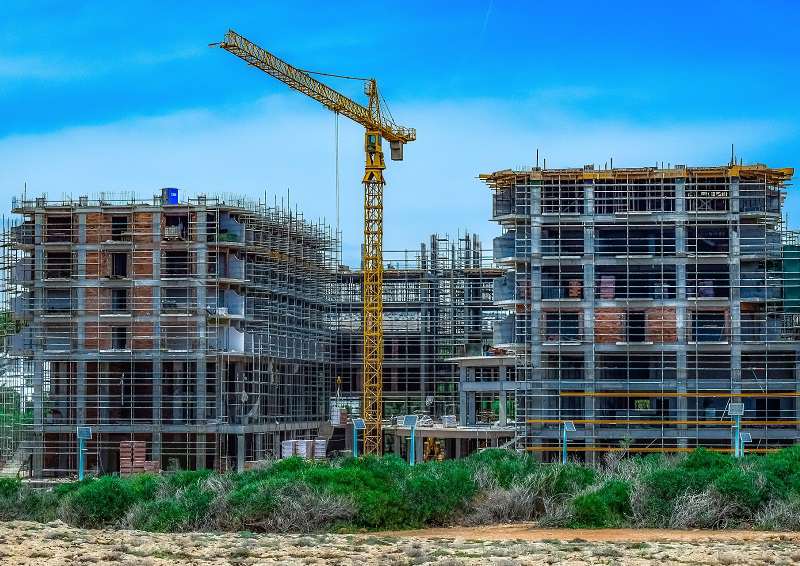
We can all agree that loss of life or injuries are always at the forefront of our minds when we think about risk management. But the safety of structures themselves is an important risk that requires our attention.
The failure of structures also contributes towards considerable commercial cost, loss of confidence, higher PI premiums and more.
Despite all the expertise, world-class codes of practice, and guidance, we still on many occasions do not get it right.
Thankfully, we have CROSS (Collaborative Reporting for Safer Structures) in place. It was a litany of concerns that led to the formation of CROSS (originally SCOSS) back in 1976. The purpose of CROSS is to share knowledge to help create a safer built environment.
Grenfell Tower has rightly captured the attention of the industry and the public, but there are many more lesser instances of failure which have not had the same attention. Designers need to recognise that the root causes of Grenfell Tower fire were far more fundamental than a ‘failure of the cladding’. The common theme running through all these is the failure to manage risk.
What can be done to ensure structures are safe?
The 3Ps — people, process and product — are a useful reminder of the origins of risk that we need to consider and, indeed, experience tells us that by far the most critical elements are people and process. Product failures occur quite rarely. This also emphasises that ‘soft hazards’ — ones that do not result in work on sites, but can, nonetheless, cause harm — are the most critical, but often the most neglected.
The design fraternity has not yet got to grip with risk management to the necessary degree. There is a need for a standardised approach, a recognition of the criticality of soft hazards and the special issues around structural, fire and geotechnical engineering. Temporary works also needs improved understanding and consideration.
Raising standards
Accepted norms change with time. The industry works hard to produce guidance, however, is not always followed. The methodology in my new book, Designing a Safer Built Environment, includes, as an integral part, the obligation to consider contemporary advice. In this way, standards will rise over time and design, and subsequent construction, will become more effective.
While the obligation to manage design-related risk lies with the designer, several other parties have a responsibility or interest: design managers, client, contractors and principal designer.



Comments are closed